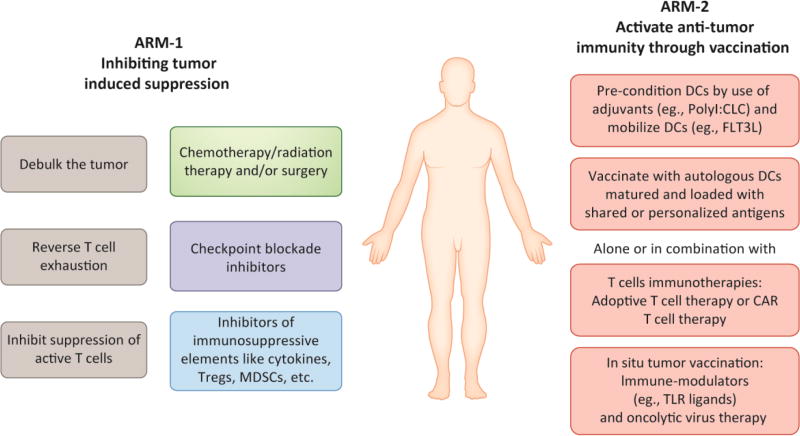Fig 3. Two-arm approach for treating cancer with anti-tumor DC targeted vaccines.
A “two-arm” approach enables DC vaccines to overcome tumor-induced immune-suppression and successfully induce anti-tumor immunity. Under “ARM-1” of this approach patients would first undergo tumor de-bulking by undergoing surgery and/or followed by radiation/chemotherapy. Thereafter, patients would be treated with checkpoint blockade inhibitors to reverse T cell exhaustion. At the same time other T cell inhibitory elements like regulatory T cells and myeloid derived suppressor cells (MDSCs) would need to be neutralized by use of drugs such as cyclophosphamide or anti-CD25 antibodies, or agents that modify the TME e.g. IDO inhibitors, adenosine antagonists etc. Under ARM-2, the patient would be pre-conditioned with adjuvants and with agents like Flt3L to mobilize DCs before being vaccinated with autologous DCs loaded with shared or personalized antigens. At this stage other immunotherapies such as adoptive T cell transfer, CAR T cell therapy, insitu tumor vaccination with TLR ligands and Oncolytic virus therapy could also be co-administered to boost the efficacy of DC vaccines.

